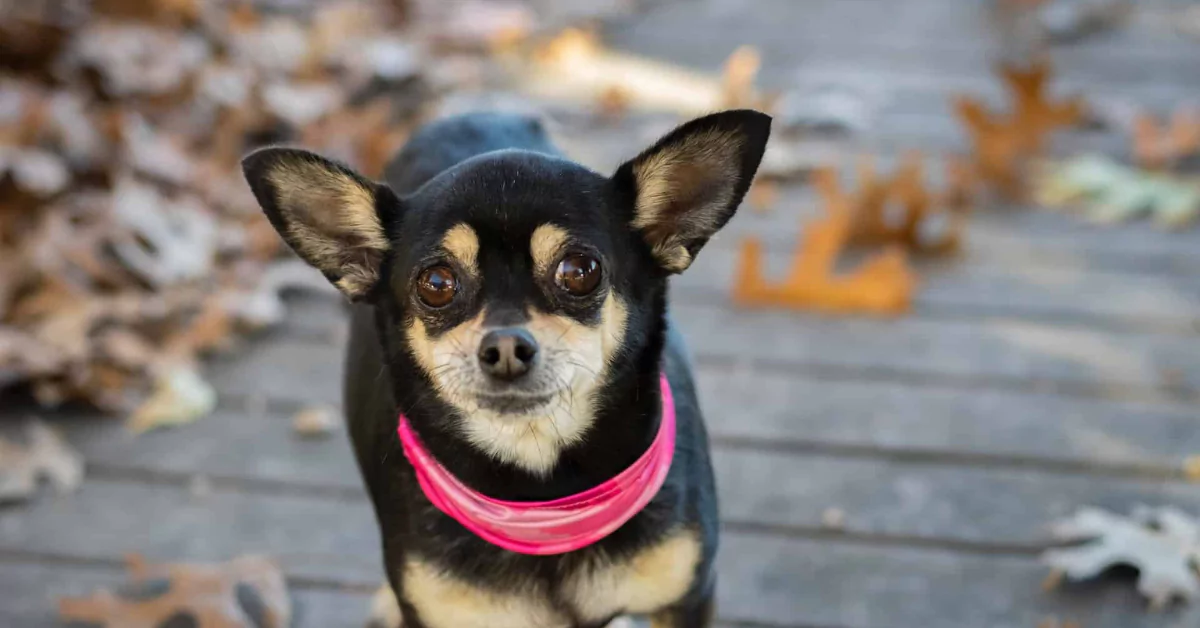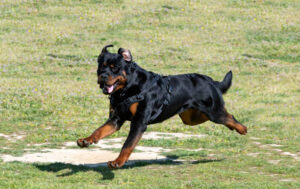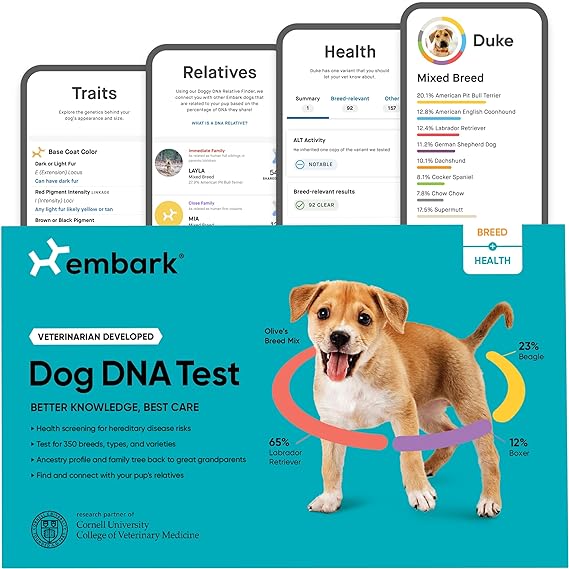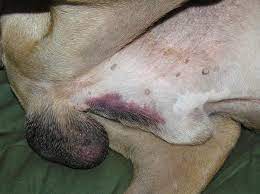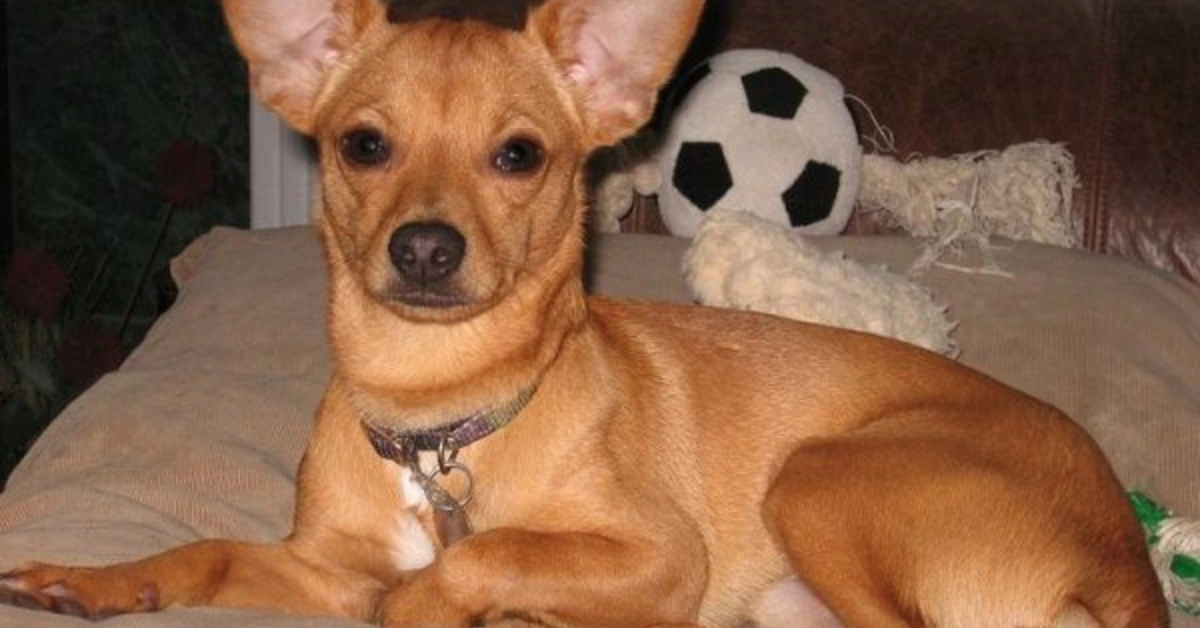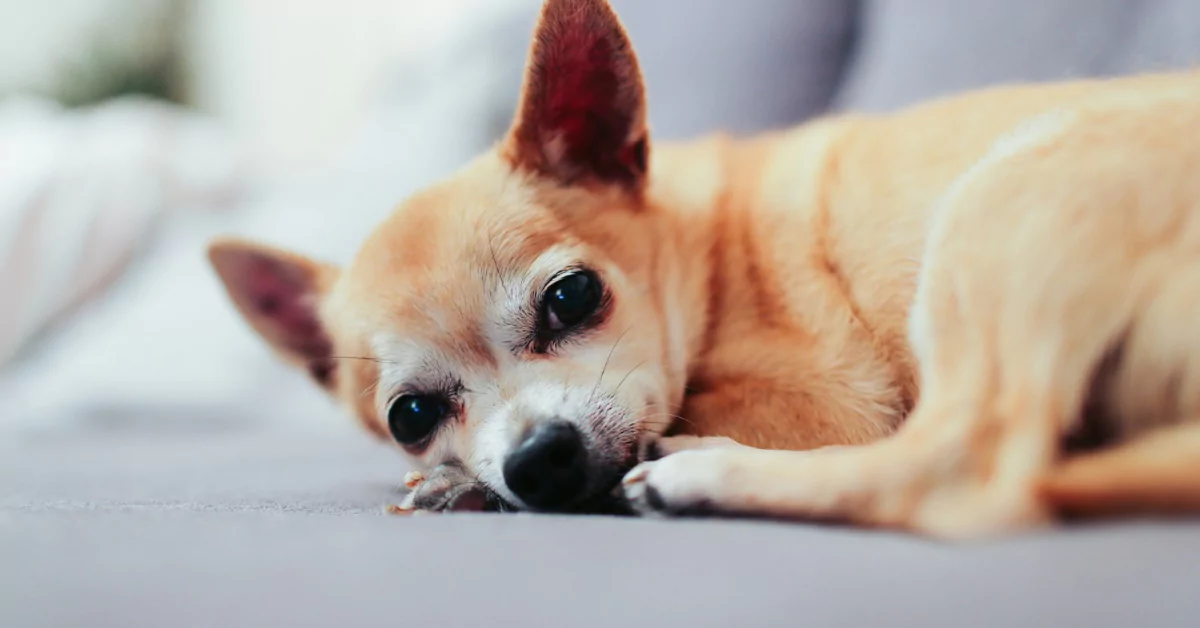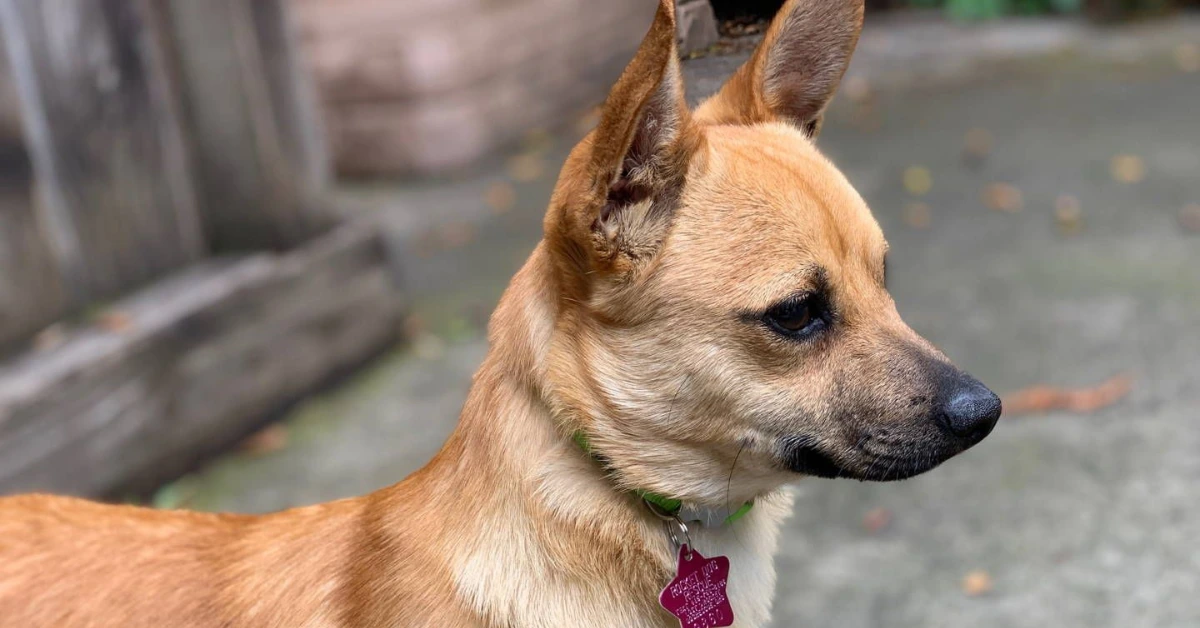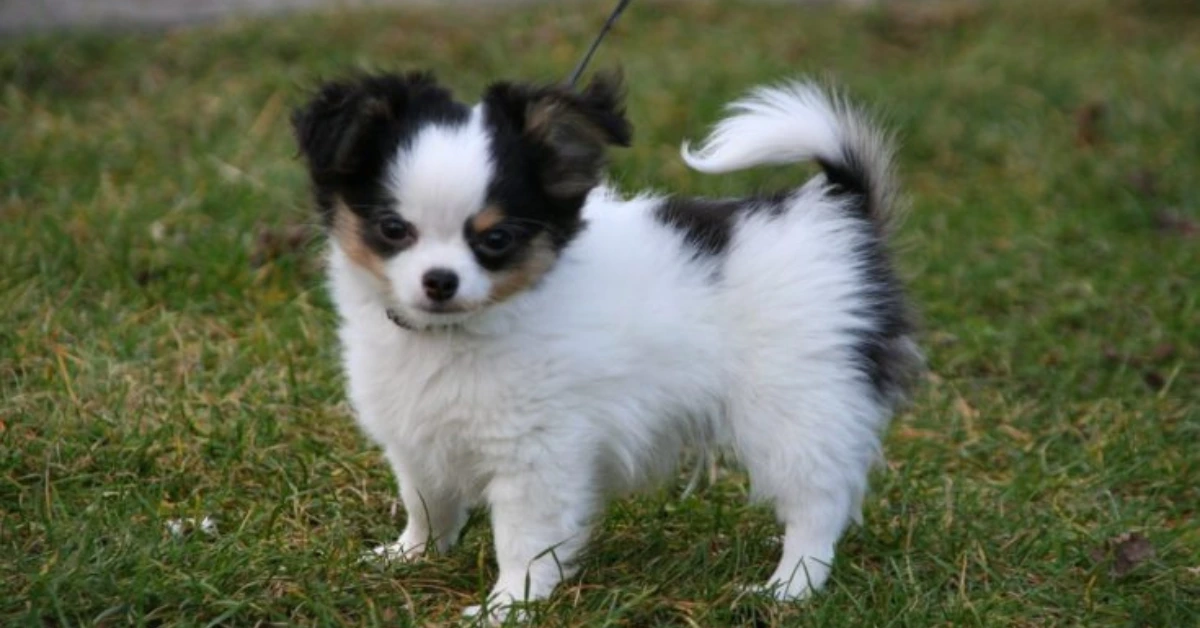What breed would result from a Chihuahua and Rottweiler cross? Is this mixed-breed dog the one you should get? You’ve come to the correct place if you’re interested.
We’ll cover all you need to know about Rottweiler Chihuahua Mixes in this extensive guide, including their temperament, typical lifespan, health concerns, grooming needs, optimal care techniques, food requirements, training, and more.
Rottweiler Chihuahua Mix History
There are two distinct dog breeds from which the Rottweiler Chihuahua Mix descends. The Chihuahua is a little, delicate companion pup, whereas the Rottweiler is a huge, powerful, independent, and extremely flexible working breed.
Advertisement
Let’s examine the breed’s history of Chihuahua and Rottweiler separately.
The Rottweiler
There is a long history of Rottweilers helping people. They were employed widely in working roles by the Roman Empire, which made use of their strength, intelligence, and devotion. The Rottweiler was employed by the Romans to herd and protect army cattle.
The Rottweiler’s boundless activity and superior guarding abilities made him a staple in German cattle villages following the fall of the Roman Empire. These dogs gained their name from Rottweil, which was the name of one of these cities. Following the collapse in cow herding, Rottweilers found use in law enforcement and security.
Rottweilers are excellent workers who have excelled in a variety of fields. They were the first dogs that blind people could employ as guides. These days, they carry out a variety of duties such as police work, guard duty, guiding, search and rescue, and herding.
The Chihuahua
When the Chihuahua originally arrived in Latin America, it had a significant impact on the indigenous peoples’ spirituality. They were employed in religious ceremonies and sacrifices by the Aztecs, Toltecs, Mayans, and other cultures.
When Americans started to become interested in the species in the 1800s, they discovered that Chihuahua, a city in Mexico, was home to a large population of them. The breed’s name originated in this city. At this time, Americans started bringing dogs into the country, and they rapidly integrated themselves into families.
Chihuahuas are often associated with elegance and status. Famous people with pet Chihuahuas in tow include Kim Kardashian, Paris Hilton, and Madonna. They are highly sought-after companion animals that are in great demand!
Rottweiler Chihuahua Mix Appearance
The appearance and stature of a Rottweiler crossed with a Chihuahua can vary greatly. Their parent breeds have an impact on their physical makeup; for example, a Rottie parent would produce a medium-sized, muscular dog, while a Chihuahua parent would produce a tiny, delicate companion.
The parent that the offspring chooses to emulate determines the size of the Rottweiler Chihuahua Mix. If your Rottie Chi Mix inherits the Rottweiler’s height, they may grow to be over 20 inches tall, but they may prefer the Chihuahua’s size and be under 10 inches tall.
They fall into three sizes: small, medium, and giant.
Fully developed Rottweiler-Chihuahua Mix
Even when he’s at his biggest, your Rottweiler Chihuahua Mix is still smaller than a Rottweiler that is fully grown. This is about how big they’ll get.
| Male | Female | |
| Size group | Medium-large | Medium-large |
| Height | 17-20 inches | 16-18 inches |
| Weight | 50-80 pounds | 40-65 pounds |
Medium Rottweiler Chihuahua Mix
This breed of Rottweiler and Chihuahua mix will be in the middle of the largest and smallest Rottweilers.
| Male | Female | |
| Size group | Medium | Medium |
| Height | 14-18 inches | 13-17 inches |
| Weight | 30-60 pounds | 20-45 pounds |
Mini Rottweiler Chihuahua Mix
When it comes to size, the Rottweiler Chihuahua Mix will be closest to a Chihuahua.
| Male | Female | |
| Size group | Small | Small |
| Height | 8-12 inches | 8-12 inches |
| Weight | 20-35 pounds | 20-30 pounds |
Rottweiler Chihuahua Mix coat colors
The coat color of the Chihuahua Rottweiler Mix can vary greatly. Black, fawn, chocolate, red, rust, silver, golden, cream, blue, and mixtures of these hues are among the common colors for this puppy.
Merle, black brindle, blue brindle, spotted, sable, bi-color, and tri-color are some examples of coat patterns.
Your Rottweiler Chihuahua Mix may also inherit the longer hair since Chihuahuas can have short or long coats. Their coats are often smooth, though.
Rottweiler Chihuahua Mix Temperament
Rottweilers are inherently bold and protective, whereas Chihuahuas are known for their large dog attitude. A puppy from a mixed breed might be extremely troublesome.
During the early stages of puppyhood, your dog will have the most energy and may act a little mischievous. But as your Rottie Chi Mix gets older, their energy level decreases, and after three or four years, they become much more behaved.
The willpower of your Chihuahua Rottweiler Mix will be quite powerful. Because he tends to act on his own initiative and refuses to follow orders from others, training is essential.
Your mixed dog will have a high propensity for hostility because Chihuahuas and Rottweilers are known to be aggressive breeds. While this aggressiveness makes Chihuahua Rottweiler Mix pups great guard dogs, it can cause issues when interacting with other pets or strangers.
Rottweiler Chihuahua Mix Health
Despite not being the healthiest breed in the world, you may shield your Chihuahua Rottweiler Mix from future health issues by providing him with appropriate preventive care.
We do have some positive news, though. Even though Rottweilers are prone to a number of health issues, with the right care, they can survive for 10 to 15 years.
We suggest that you talk to your dog’s breeder or vet about the health problems that your pet friends may be more likely to get.
Your dog’s owner will know about any health issues your puppy, whether it’s a mixed breed or not, might be prone to based on how healthy his or her parents are.
But if none of these work, you could also use a DNA test on the dog. I’ve used the Embark dog DNA test on my two dogs. I like that this DNA test for dogs can tell me what type they are and if they are healthy.
When the test results came back two weeks later, I was pleased to see that the breed ID results were very correct.
The health finding also helped me learn more about the health problems my two dogs are more likely to have and how I can better take care of them.
The Rottweiler Chihuahua Mix is susceptible to several frequent health concerns, which include:
Separation Anxiety
Long-term isolation from you might cause your dog to experience separation anxiety. One of the symptoms is when your belongings and furniture are torn apart while you’re away.
The Rottweiler Chihuahua Mix is a sensitive breed that may experience loneliness more than other breeds, despite the fact that many breeds exhibit this behavior. If so, get advice from a canine behavior professional.
Patellar Luxation
A dislocated kneecap is known as a luxating patella. Check for a dislocation in your dog’s knee joint if you see him limping. Patellar luxation comes in different degrees of severity and isn’t necessarily uncomfortable. Over time, though, it may lead to joint deterioration.
Von Willebrand’s disease
VWD is a clotting disorder caused by a genetic mutation. Excessive bleeding may result from this condition following surgery, an injury, or other physical trauma. When adopting a puppy, bear in mind that pets with this illness require special care for the whole of their lives.
Heart Disease
Additionally, Rottweiler Chihuahua Mixes are susceptible to cardiac issues. Heart problems that can affect your dog include Dilated Cardiomyopathy, Mitral Valve Disease, and Subaortic Stenosis. Heart conditions can reduce the amount of time your pet lives and how active they can be.
Autoimmune diseases
Your Rottweiler Chihuahua Mix may be affected by a number of autoimmune skin conditions, including demodectic mange, alopecia x, atopy, and allergies. Your dog may develop skin irritation and hairless patches on his body as a result of these illnesses.
Eye Issues
Additionally, our dog is susceptible to progressive retinal atrophy (PRA) and cataracts. PRA is a hereditary condition that results in progressive blindness, whereas cataracts can develop later in life or be present from birth.
Fortunately, there are treatment options for many eye conditions, so be sure to speak with a veterinarian about your alternatives.
Dental Issues
Your Rottweiler Chihuahua Mix’s closely spaced teeth have a tendency to retain tartar readily, which might eventually result in periodontal disease.
Brush his teeth on a regular basis to avoid developing dental problems. Additionally, chew toys that polish your pet’s teeth as he plays are available.
Pyometra
Pyometra is a uterine infection. This problem affects females who are not spayed, and if left untreated, it can lead to sepsis or blood poisoning. Your pet’s organs could begin to fail one after the other if the disease gets worse. Pets that are spayed or neutered lead healthier lives.
Bladder Stones
Bladder stones are more common in small dog breeds with thin bladders. Because of this, you should keep an eye on the water your Rottweiler Chihuahua Mix is drinking and investigate any instances when he may be urinating outside of his litter box.
Among the most common symptoms of a urinary tract infection brought on by bladder stones are frequent urination, loss of bladder control, and bloody urine.
Hypothyroidism
The body receives several hormones from the thyroid gland, according to the Merck Veterinary Manual. A low level of thyroxine, one of these hormones, results in a sluggish metabolism. Your dog may experience weight gain, indigestion, dullness of the coat, hair loss, lethargy, and decreased appetite as a result of this condition.
Rottweiler Chihuahua Mix Care
When taking care of a Chihuahua Rot Mix, you should consider feeding, exercising, training, shedding level, and grooming.
Training
Due to his strong will, the Rottweiler Chihuahua Mix puppy may be challenging to train, and one-on-one training sessions may require a significant amount of time.
Fortunately, their parents’ intelligence will compensate for their obstinacy, making the puppy more receptive to guidance and obedience classes. Additionally, Chihuahua parents instill in their dogs a desire to please them, which owners can take advantage of.
Training your Rottweiler Chihuahua Mix with a reward-based approach is the most successful method. When your puppy performs an action correctly, reward him with treats or words of praise.
Still, don’t scream or lose your cool when they don’t listen. Since dogs cannot comprehend rage, the conduct may cause anxiety in them.
Grooming
You should anticipate relatively little shedding from this puppy, even with the longest-haired Chihuahuas. To get rid of debris and loose hair, its hair will need to be brushed a little more frequently.
Regular washing will help prevent skin illnesses caused by odors from your dog’s coat. This is how frequently they should be groomed.
Exercise
A daily supply of mental and physical stimulation is required for your Chihuahua Rottweiler Mix. This exercise will assist in taming this dog’s aggressive attitude, which stems from boredom or stored-up energy.
Recognize the physical limitations of your dog. Some mixes of Chihuahuas may have breathing difficulties, which makes intense exercise extremely taxing for them. It’s best to take your Rottchi for two mildly paced walks of 20 minutes each day.
Shedding Level
Incorrect—Rottie Mix Rottweilers are not hypoallergenic. Even while Chihuahuas shed less than other dog breeds, your Chihuahua Rottweiler Mix will still shed fur and dander. This pup might not be something you want to bring home if you have a dog allergy.
Diet
Your Rottweiler Chihuahua Mix’s eating habits will vary according to his size. We strongly advise that you speak with your vet to determine the best nutrition plan for your dog friend, as these pups come in all sizes.
Make sure you only give your pet high-quality food, not cheap, inferior stuff. Additionally, keep your four-legged buddies away from human food, sweets, and oily snacks to keep them from gaining weight.
Is Rottweiler Chihuahua Mix The Right Option For Me?
Rottweiler Chihuahua Mix And Other Pets
Because of its domineering personality, the Chihuahua Rottweiler Mix may find it difficult to get along with other pets.
Although early training and socialization sessions will help your dog get along with other dogs, it’s important to keep this mixed dog breed in mind.
Are Rottweiler Chihuahua Mix Good With Kids?
Despite the love that both dog breeds have for their owners, the unpredictable nature of the Rottweiler Chihuahua Mix could provide some difficulties.
It is best to be cautious with this dog if you have little children in the house. You should monitor any interactions between your Chiweiler and other kids in your home, as they might not get along.
They might also get the jealous temperament of the Chihuahua. In addition, They may not enjoy others receiving more attention, since they develop close relationships with just one person.
Do Rottweiler Chihuahua Mixes Bark A Lot?
The parent your Chihuahua Rottweiler Mix looks up to will determine whether or not he barks. You might anticipate a very quiet puppy if his Rottweiler parent is the source of his barking.
On the other hand, your dog can be quite vocal if he inherits his parent’s Chihuahua traits.
Quick Breed Summary Table
| Weight | 30-80 pounds |
| Height | 8-20 inches |
| Size | Large, Medium, and Mini |
| Coat Type | short coat |
| colors | Red, cream, fawn, black, chocolate, tan, blue |
| Amount of Shedding | low |
| Nose | Black |
| Ears | Floppy |
| Temperament | daring, protective, energetic, and stubborn |
| Life Expectancy | 12 to 16 years |
| Hypoallergenic | No |
| Intelligence | Yes |
| Kid-Friendly | moderate |
| New Owner Friendly | yes |
| Activity level | high |
| Breed Recognition | None |
Last Word
The Chihuahua Rottweiler Mix is a good choice for anyone looking for an active family companion that can also be cuddled up on a lap.
Apartment living is a good fit for this breed. However, he still needs to go for daily walks. His natural guarding instincts and attentive disposition make him an outstanding watchdog.
They’re not suitable for an inexperienced owner because of their volatile temperament and innate hostility. Furthermore, these pups are difficult to come by and are produced by a few number of reliable breeders.
Here is a cute Rott Chihuahua mix playing with his Human Friend. Enjoy!
YOU MAY ALSO LIKE :
Boxer Chihuahua Mix -Boxachi- A Breed Complete Guide
Yorkshire Terrier Chihuahua Mix -Chorkie-A Complete Breed Guide
Border Collie Chihuahua Mix -Borderhuahua- A Complete Breed Guide
Advertisement

